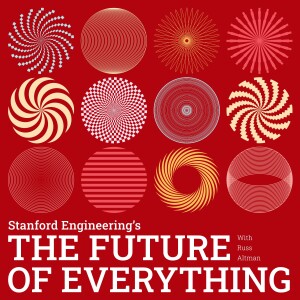
Manu Prakash: How to beat a pandemic on a budget
 2020-08-26
2020-08-26
Manu Prakash was in France when COVID-19 took hold throughout the world. There, the Stanford bioengineer, famous for “frugal science” like his $1 field microscope made of paper, witnessed the challenges a relatively well-resourced nation experienced holding back the disease. His head was soon filled with visions of the nightmare awaiting developing nations, given that a COVID-19 test in developing countries can cost as much as $400.
In a flurry, Prakash jotted down an engineering manifesto of sorts for a worldwide revolution in open-source, inexpensive healthcare solutions. As he saw it, here were three areas of greatest need — diagnostics, protective equipment and critical care.
From his lab at Stanford, Prakash, his students and partners in academia, industry and government around the world led a frenzy of invention that yielded an array of transformative products in just months. There was the electricity-free COVID-19 test based on a simple children’s flashlight. There was Pneumask, a full-face, reusable N95 protective equipment for caregivers inspired by the mask Prakash uses in one of his favorite pastimes, snorkeling. And then there was the “N95 factory in a box” Prakash and his lab developed using cotton candy machines to spin N95-quality filtration materials from waste plastics. Finally, to tackle one of the most technical challenges of all, he built a global consortium with manufacturing partners in India, Kenya and Nepal to design an open-source full-feature ICU ventilator, known as Pufferfish (Prakash has a penchant for naming products after marine life) — bringing a low-cost critical care solution to the world.
Connect With Us:
Episode Transcripts >>> The Future of Everything Website
Connect with Russ >>> Threads or Twitter/X
Connect with School of Engineering >>> Twitter/X
More Episodes
 2019-03-06
2019-03-06
Create your
podcast in
minutes
- Full-featured podcast site
- Unlimited storage and bandwidth
- Comprehensive podcast stats
- Distribute to Apple Podcasts, Spotify, and more
- Make money with your podcast
It is Free
- Privacy Policy
- Cookie Policy
- Terms of Use
- Consent Preferences
- Copyright © 2015-2024 Podbean.com




